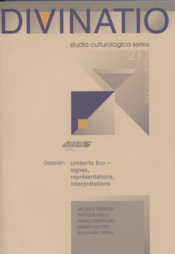


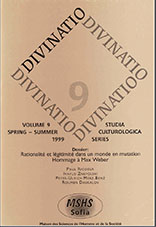
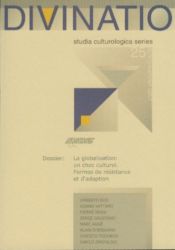


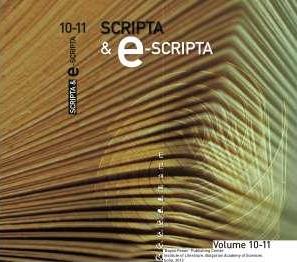
Keywords: Text critic principles; Byzantine and Old Slavonic hymnography; Mediaeval Orthodox services;
This paper presents the author’s personal views on the problems of critical editions of Byzantine and Old Slavonic services. The most significant problem of all relates to the nature and structure of these works. Their form is subject to constant change, because every component of the Orthodox service can easily be changed, removed or added. Moreover, the Slavonic texts present language-related problems which are largely absent from the Byzantine texts: the less imposition of the classical linguistic norm, which results in too many variations and the infiltration of elements from the Mediaeval idioms and, later, from the languages of the Slavic peoples into which the works were rendered; the well-documented differences in rhythm and stress introduced during the process of translating Byzantine texts into Old Slavonic. All the above formulated renders the classic concept of a critical edition inapplicable in the case of Mediaeval Orthodox services. The critical edition of these texts can seek only to restore the ancient core of a service and the older texts that are included in all its known variations. In the same time the edition’s aim should be to present a text that is readable and comprehensible in contemporary terms, and which is readily accessible to a readership beyond specialists in its specific period and subject. Less serious difficulties, related to the critical editions of the services, are: the multitude of copies of even a single service, coupled with the fact that many of these copies are to be found in collections which remain inaccessible, the lack of an all-embracing study of the history, the structure and evolution of the canon as a literary genre, and as far as the Old Slavonic texts are concerned, the lack of certain basic instrumenta studiorum.
More...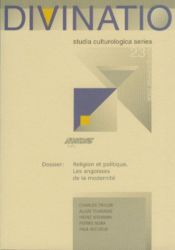
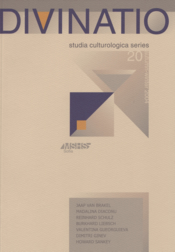
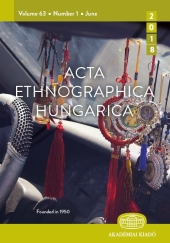
Keywords: Paschalia; bibliomancy; 18th century; priest; superstition; Enlightenment
Along with 19th-century folklore material, church documents from the 18th and 19th centuries emphasize the Păscălia as a book used in bibliomancy. In this study, I aim to explore the originally allowed and designated functions of this writing, and to provide an explanation for why this book was associated with the world of bibliomancy in both folklore and in the officially sanctioned culture of the Uniate clergy from Transylvania. Furthermore, by focusing on the specific case of the Uniate vicar Ioan Halmaghi, who was educated in Roman-Catholic institutions, I set out to explore the attitude of the elite clergy toward this text, and to highlight how a corpus of pre-modern and un-Western knowledge was simply ejected into the sphere of magic and superstition.
More...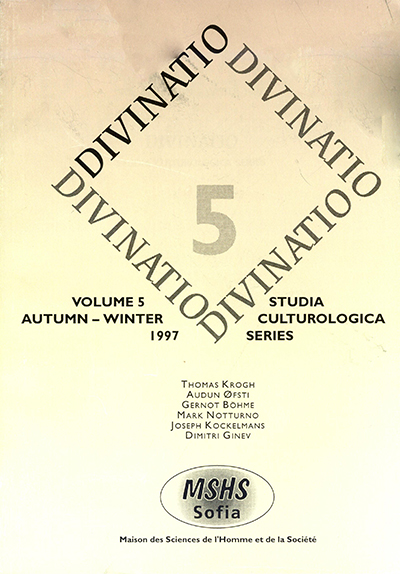
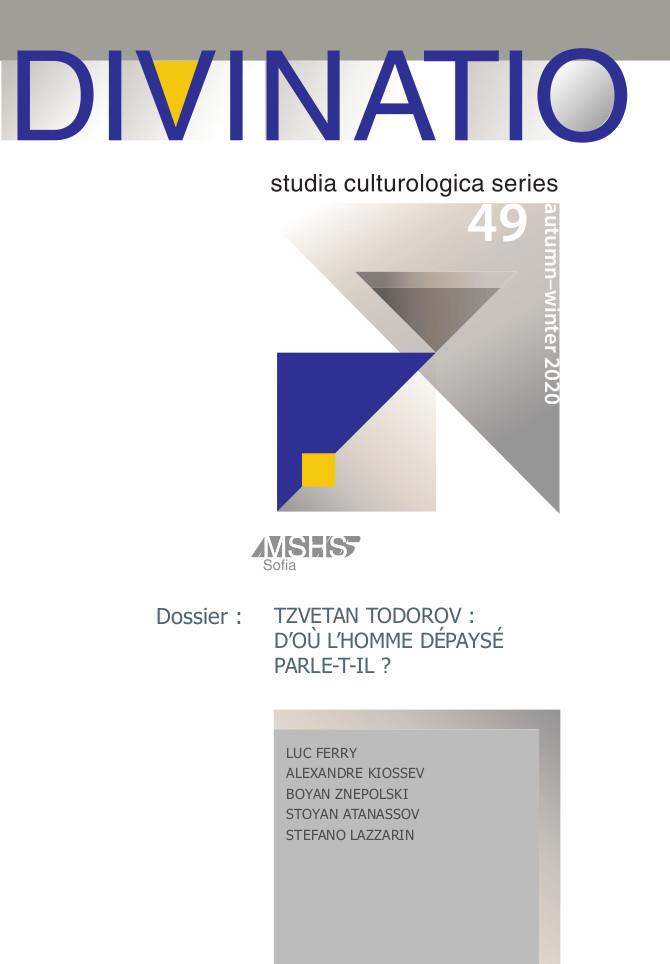



Keywords: accused; suspect; quaestiones; roman criminal procedure; inscriptio inter reos; cognitio;
This article aims to answer the question whether such a participant who can be described as the suspect was known in the Roman criminal procedure. The analysed procedure, especially of bringing a charge in the proceedings before quaestiones, as well as the examples of criminal cases settled within the framework of cognitio, quoted in this paper, confirm that the Romans distinguished between the accused and the suspect, even though they did not develop separate terms and definitions to identify these two different procedural roles. An important moment that distinguished the status of the accused person in the Roman criminal procedure was entering his name in the register of the accused (inscriptio inter reos), which took place when the indictment was brought against him. From then on, the accused became reus, that is a rightful party to the proceedings who was able to use his procedural rights fully.
More...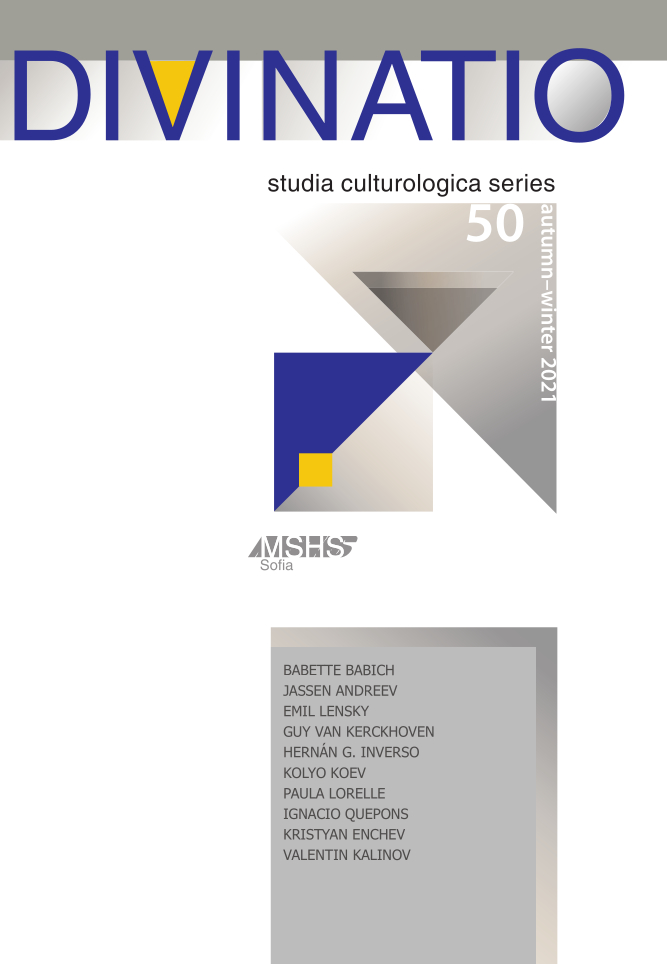
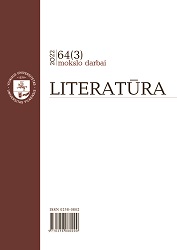
Keywords: Cicero; rhetorical theory; topoi; loci; Verrine speeches; Orator; irony;
There is no doubt that commonplaces, so called topoi, or loci, played a very important role both in the ancient rhetorical theory and in practice. They conform to the main part of invention in the rhetorical treatises, such as Rhetorica ad Herennium, Cicero’s De Inventione, Topica etc., and they enable an orator to develop his argument in any desirable direction (in utramque partem), and sometimes become the main tool of rhetorical strategy. In his Orator, Cicero claims, that an accomplished speaker, whom he tries to delineate as an ideal, will be perfectly familiar with commonplaces and be able to treat them critically and manipulate according to his purposes. In this paper, on the ground Cicero’s Verrine speeches, I shall analyze how the orator predicts his opponents’ topoi and presents them in a different light, and by criticizing or even by mocking them, he diminishes them in order to strengthen his own arguments. In some cases, e.g. in the Fifth Book of the Actio secunda in Verrem (Verr. 2.5), this becomes the main strategy of speech, and corresponds to the methods delineated in the Orator 49.
More...